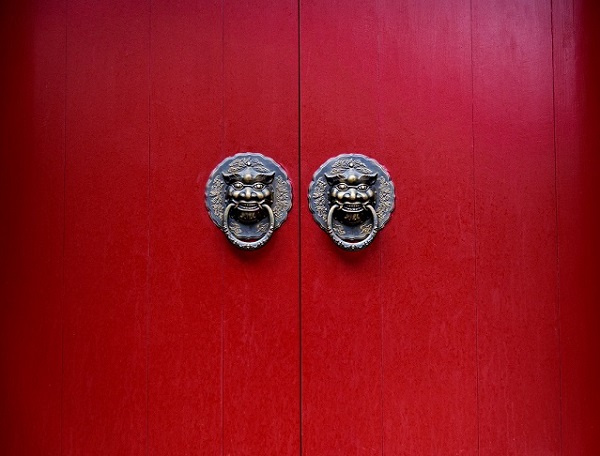Quick Read, Deep Dive. This article is part of our Quick Dive series offering 2–3-minute reads of substance related to the work of First Link.
This is part 1 of a mini-series on the soft skills of working with China, presenting a high-level overview of some historic and cultural backdrops affecting the mindset of decision makers you may encounter while doing business in China.
There is value to understanding the historical and cultural backdrops that influence how the people you work with see the world. In our work with China, we’ve come to distill a few factors that we share with clients looking to visit the country and engage with Chinese partners. Below is one of our signature Quick Dives into some of the concepts we employ to orient people to the historical backdrops and worldviews they may encounter when working with China.
A Country of Juxtapositions
The average Chinese family today will have grandparents who came of age during the Cultural Revolution and who may have even been born before the founding of the PRC in 1949. This generation experienced societal upheaval on a level unimaginable to us in the US, and now their grandchildren are growing up with iPhones in high-rise apartments in the world’s second-largest economy.
Chinese people in their 80s and 90s will remember flashes of life prior to the founding of the PRC and the Chinese government. Those in their 40s and 50s, who are likely to be the decision-makers you interface with at Chinese companies, will have started their careers when many government, social, and commercial norms were relatively new and quickly changing. They were part of the activities that built and established those norms.
None of us in the US, for example, can claim to remember the Founding Fathers gathered down the road, debating the framework of government that has now become an omnipresent and almost sacred part of our existence as a country.
In China, however, there are still those who can claim such proximity to the creation of their norms of governance, law, and commerce. There are remnants of an older world and past mindsets, juxtaposed with cutting-edge tech, ultra-modern lifestyles and global business ecosystems.
There are modern subway systems and high-speed rail built in tandem with the development of their cities, yet it’s not uncommon to see street cleaners using what look like homemade straw brooms and push carts to keep the cities clean. You can walk down main streets of cities like Shanghai and feel like you’re living 30 years in the future, then pass by something that transports you 30 years in the past.
Engaging Across the Bridge
When working together, the isolation between the people and popular cultures of our two countries and the difference in norms can often lead to misunderstandings and obstruct progress towards a meeting of minds in business. After all, we have many ingrained stereotypes about China here – from cheap knockoffs to mystical wisdom of the Orient – but much less in the way of meaningful cultural exchange and understanding.
Typically, the Western way of doing business takes the lead in international partnerships. It’s easy mode for us. Lack of common ground is a barrier that must be crossed, and often it’s the other side that is doing the crossing for us. Things that we take for granted as facts of how the world works may, to others, instead be behaviors learned out of necessity as rules to play the game.
While Chinese business people are used to accommodating the habits and styles of international partners, an American firm can stand out by extending the same willingness and effort to learn from and adapt to their Chinese partners.

Imagine, for example, the massive scale of development that Shanghai underwent between 1984 to 2017, as shown in these satellite images. In just 33 years time – less than the length of an average career – Shanghai transformed from a spot on the map into a mega metropolis over 2,400 square miles in size (about 8 times the size of New York).
The people you interface with will have been part of that transformation. Many will be extremely adaptive agents of change, exemplifications of the phrase “when there’s a will, there’s a way” – and they may take a sense of personal pride in the progress their country has made during the last few decades.
While it’s not necessary to become an expert in the history and background of everyone you work with, it helps to at least have a high-level understanding of some of the differences at play. From there, it’s easier to work on specific strategies to build relationships and trust across cultures.
The good news is that whether American, Chinese, or anything else, people are people, and authenticity and openness will often go a long way towards developing successful relationships.


